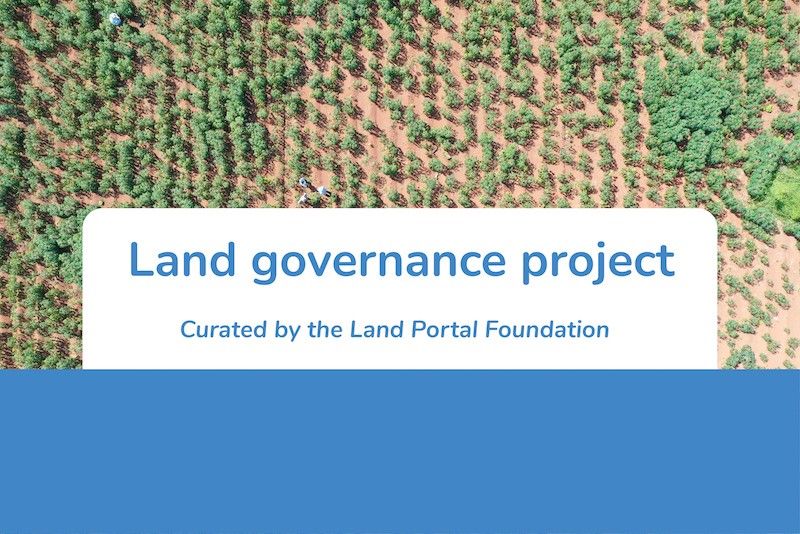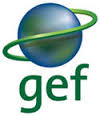Community / Land projects / Biodiversity Conservation, Restoration and Integrated Sustainable Development of Mangoky sub-watersheds
Biodiversity Conservation, Restoration and Integrated Sustainable Development of Mangoky sub-watersheds

€6688168.886
03/22 - 03/22
Completed
This project is part of
Implementing Organisations
Donors
Data Providers
Objectives
Improve ecosystems services, sustainable intensification and biodiversity conservation in degraded forests and landscapes in Southern Madagascar through wide-scale implementation of forest and landscape restoration (FLR).
Other
Note: Disbursement data provided is cumulative and covers disbursement made by the project Agency.
Target Groups
10. Benefits The project will help deliver the following global socio-economic benefits: Global Socio-economic Benefits GEF 7 Core Indicator Target Expected contribution of the GEF project direct beneficiaries (disaggregated by gender) benefit of GEF investments. 31,200 members of rural communities in the target landscapes (disaggregated by gender) directly benefitting of project interventions. The Global socio-economic benefits are based following on the following considerations: Sustainable Forest and mangrove Management: It is estimated that during the project lifetime the members of the 8 COBAs (1,816 members in total) active in the protected sections of the target landscapes will benefit of the forest learning groups and procurement investments, resulting in 30,000 ha of sustainably managed and restored forest and mangroves with improved CBNRM systems. The forest users that throughout the process have acquired a greater organizational capacity and have sustainably intensified production of the project's target commodities (e.g. charcoal, bee products, wild fruits such as baobab, wild forest yam, basket works, and other identified priority NTFP during project implementation), will be supported to improve their business capacity and market access for diversified GVC commodities. The project will target women and men in equal proportion of 50 percent. Sustainable intensification of agroforestry production systems: It is estimated that during the project lifetime approx. 4,500 women and men smallholder farmers will benefit of the field learning programmes and procurement investments in the three target landscapes, and project investments will allow 7,200 ha of land to be restored and sustainably managed through climate-smart agroforestry production systems. The smallholder farmers that throughout the process have acquired a greater organizational capacity under producer organizations and an improvement in the high-quality production of the project's target commodities (e.g. rice, lime beans, Artemisia annua, sweet potato, citrus, small livestock), will be supported to improve their business capacity and market access for diversified GVC commodities. The project will target women and men in equal proportion of 50 percent. Increased skills and knowhow on ER/SLM/SFM/GVC: Approximately 4,500 community members will have acquired good knowledge and skills on ER/SLM/SFM/GVC. 60 agriculture extensionists and 40 forestry extensionists from public and private institutions and leading land users will be qualified as lead trainers and facilitators on ER/SLM/SFM/GVC development, therefore increasing their employment opportunities during project implementation and beyond. Micro, small and medium enterprise development around GVC commodities: The project will support approximately 500 local producers to become members of economically viable micro-small-medium enterprises (producer organizations and cooperatives) with social and environmental corporate responsibility, through training, technical and financial support for the adoption of improved technologies that allow production to comply with market requirements and national standards for product diversification. Local businesses around GVC commodities will include: (i) community nurseries for the production and marketing of high-quality plant material (seeds, seedlings and cuttings) and the provision of services to customers on the use of plant material in ER/SLM/SFM implementation; (ii) production and marketing of a diverse set of high-quality products of rice, legumes, beekeeping, fruit trees, aromatic plants, and renewable energy among others. The project will target a minimum of 1/3 of women among beneficiaries. Adaptive capacity of smallholder farmers and forest users: The project will enhance the adaptive capacity of women and men smallholder farmers and forest users, addressing the gender-specific adaptation needs. The project will enhance farmer’s resilience and adaptation capacity in the following way: (i) reduce the impact of climate shocks on smallholder farmers through the promotion of management practices that help compensate the effect of drought events through higher soil water availability (CA and agroforestry; less water demanding crop varieties); (ii) diversify livelihoods (food security and income diversification) through sustainable intensification of agroforestry production through which farmers diversify their production from a set of crops (e.g. mix production of lime bean + rice + fruit trees + small ruminants, with additional vegetable production on home gardens) and reduce the risk of total loss of production due to a climatic event; (iii) increase the capacity of producer organizations to preserve and process their products reducing their perishability increasing their capacity to negotiate in the market over a longer period of time without depending on the seasonality of the raw product; (iv) increase the capacity to produce high quality products with greater potential to be marketed and increase revenue that allow smallholder farmers to cover needs in times of shocks. Target 1.B in MDG 1 (“Eradicate extreme poverty and hunger”) highlights the central role of employment and decent work in achieving food security and poverty reduction, therefore allowing women and men in rural communities to have access to the knowledge and resources necessary to produce sustainably and thereby contributing to the (SDG) target 15.3 on LDN and the National FLR Strategy. The project formulation has followed the Guidance on How to Address Decent Rural Employment Concerns in FAO Country Activities to make sure that decent rural employment is promoted in the project outcomes and outputs: Table. The Four Pillars of Decent Rural Employment (DRE) in the project Pillar 1: Employment creation and enterprise development · Component 1will address explicitly policies, regulations and bylaws supporting DRE in the implementation of SLM/SFM/GVC development. · The training-of-trainers (ToT) under Output 2.1.1 and 2.2.1 will increase the professionalization of members of practitioners on ER/SLM/SFM related-jobs. · The learning programmes under Outcomes 2.1, 2.2 and 3.1 will provide vocational and education training for rural women and men on technical and business skills, which will increase their chances of finding jobs and establishing small local enterprises. · Outcome 3.1 will build the capacity of women and men small-holder producers in accessing markets and become active in modern GVC. · Component 4 will develop national and sub-national capacities to collect and analyze age and sex disaggregated data on rural labour linked to FLR interventions. Pillar 2: Social protection · Learning programmes under Outcome 2.1, Outcome 2.2 and Outcome 3.1 will train practitioners on occupational safety and health measures for the rural workforce applying SLM/SFM/GVC technologies. · Producer organizations, enterprises and buyer companies supported by business incubation programmes under Component 3 will enhance their social corporate responsibility. · Procurement investments in each district will include social support for emergency or distress situations, targeting community needs beyond the ER/SLM/SFM/GVC priorities. The provision of this support indirectly delivers ER/SLM/SFM/GVC because it helps remove social barriers that may prevent community members to invest in and apply SNRM. Pillar 3: Standards and rights at work · Community bylaw formulation, fair access to training, extension and investments on ER/SLM/SFM/GVC technologies and inputs will help reduce gender and age-based discrimination in the target landscapes. · The project will ensure compliance with the National Labour Legislation, that has ratified all key international conventions concerning child labor. the Project will collaborate with governmental inspectors, UNICEF and ILO to carry out targeted child labour inspections in the three target landscapes, with the active involvement of local leaders, and representatives from church, government, NGOs, employers’ and workers’ organizations. Pillar 4: Governance and social dialogue · Component 1 will ensure representation of the rural poor in policy dialogue through awareness raising, training and bylaw formulation on gender-inclusive land tenure and natural resource governance issues. · The project will ensure in Component 1 fair, and effective participation of the rural poor in the planning, implementation and monitoring of the ILMP , and COBA plans. · Components 2 and 3 will put especial focus on capacity enhancement activities for women and youth groups to empower them in ER/SLM/SFM/GVC.




